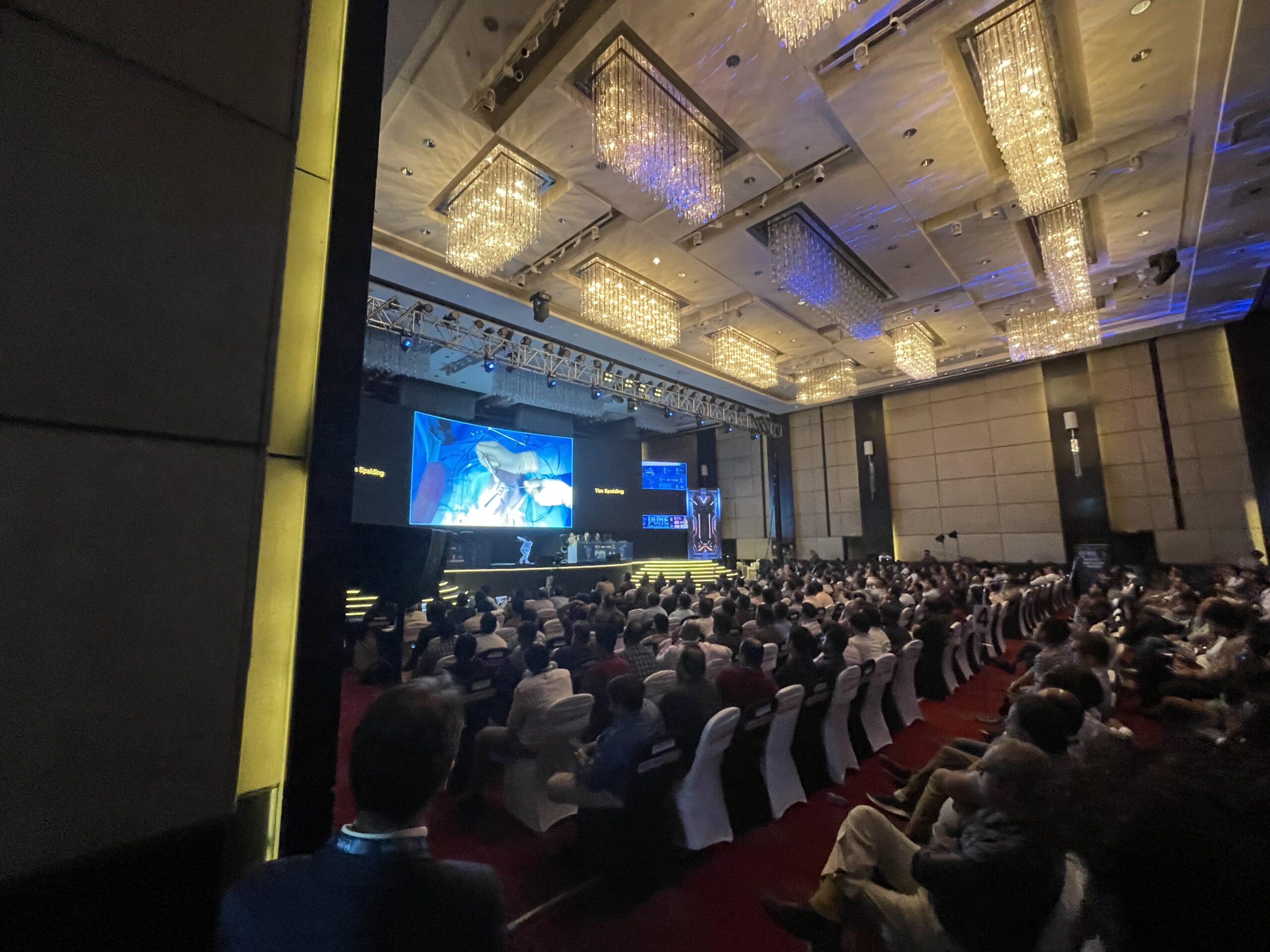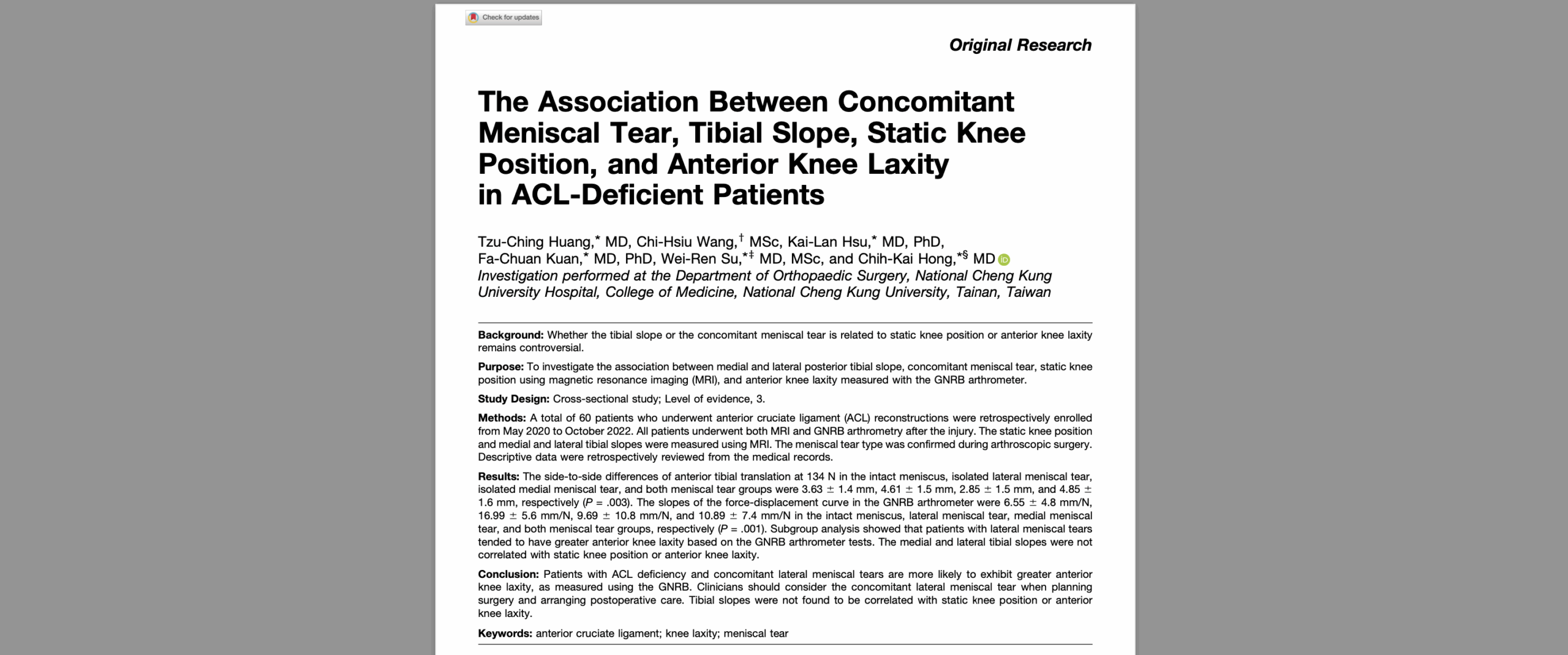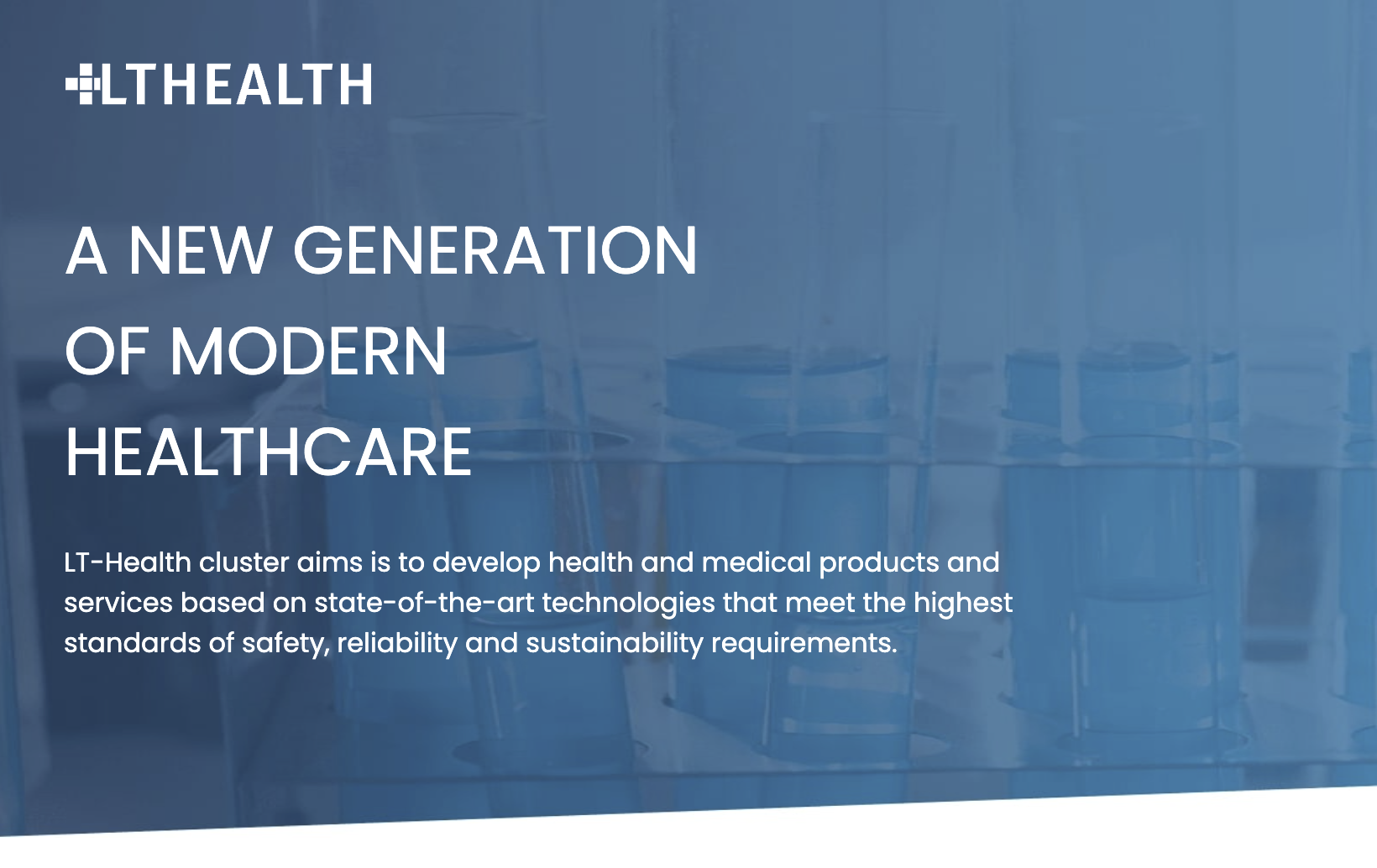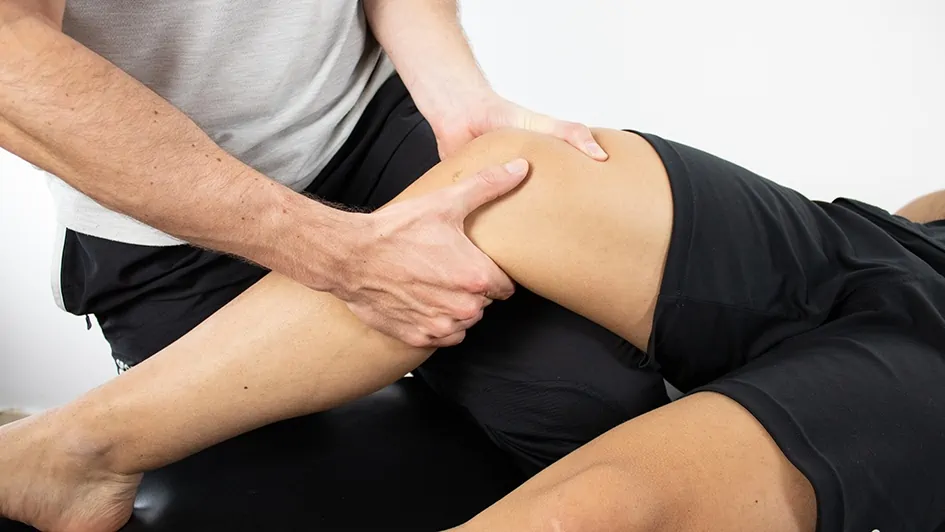The field of orthopedic diagnostics has seen tremendous advancements, particularly in the evaluation of knee ligament health. Among the most groundbreaking innovations are orthopaedic testing devices like the GNRB® and DYNEELAX® knee laxity arthrometers. These devices have redefined the way we assess anterior cruciate ligament (ACL) injuries, providing clinicians with precise, objective measurements that enhance patient care from injury through to recovery.
This article explores the significance of these devices in ACL injury diagnosis, surgical planning, and rehabilitation, shedding light on their unique features and clinical applications.
I. The Critical Role of ACL Evaluation
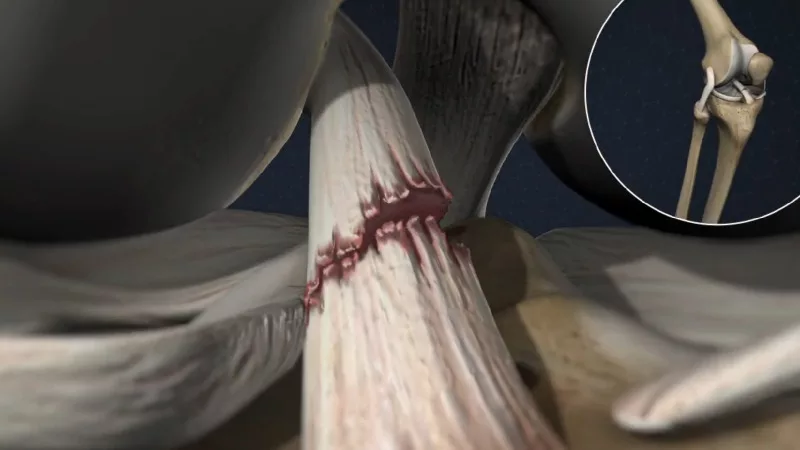
The ACL is crucial for maintaining knee stability, and injuries to this ligament are common in sports and everyday activities. Traditional diagnostic methods, such as manual tests like the Lachman test and pivot shift test, rely heavily on the skill and experience of the examiner. This variability often leads to inconsistencies in diagnosis and treatment decisions. However, orthopaedic testing devices like the GNRB® and DYNEELAX® provide objective, reproducible measurements, enhancing the accuracy and reliability of ACL assessments.
II. GNRB Knee Arthrometer: Measuring Anterior Tibial Translation
The GNRB® knee arthrometer is designed specifically to measure anterior tibial translation, which is essential in diagnosing ACL injuries. This device uses a controlled, motorized system to apply force to the tibia while the leg remains fixed. The GNRB® records the displacement of the tibia relative to the femur, providing an objective measurement of ACL laxity.
Key Features of the GNRB Arthrometer:
- Precision in Diagnosis: The GNRB® provides accurate data that is crucial for diagnosing partial and complete ACL ruptures.
- Non-Invasive and Patient-Friendly: The test is non-invasive, quick, and causes minimal discomfort to the patient.
- Real-Time Monitoring: Clinicians can monitor the knee’s response to varying forces in real time.
- Reproducible Results: The device offers consistent results, making it ideal for tracking patient progress over time.
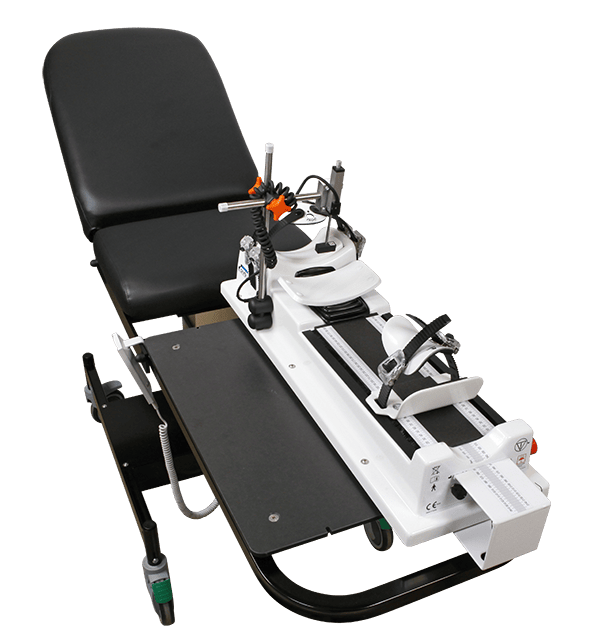
Cojean et al. (2023) demonstrated that arthrometers like the GNRB are superior to MRI in diagnosing partial ACL ruptures, a significant advancement in orthopedic diagnostics. This finding is crucial, as partial ruptures often go unnoticed with traditional methods, potentially leading to improper treatment.
III. Dyneelax Arthrometer: Measuring Translation and Rotation
While the GNRB® focuses on anterior tibial translation, the DYNEELAX® arthrometer offers a more comprehensive evaluation. Dyneelax is the only device in the world capable of measuring both translation and rotation of the knee, providing a multidimensional assessment of ligament integrity. This ability is particularly useful when evaluating peripheral structures of the knee, which are critical in determining treatment options.
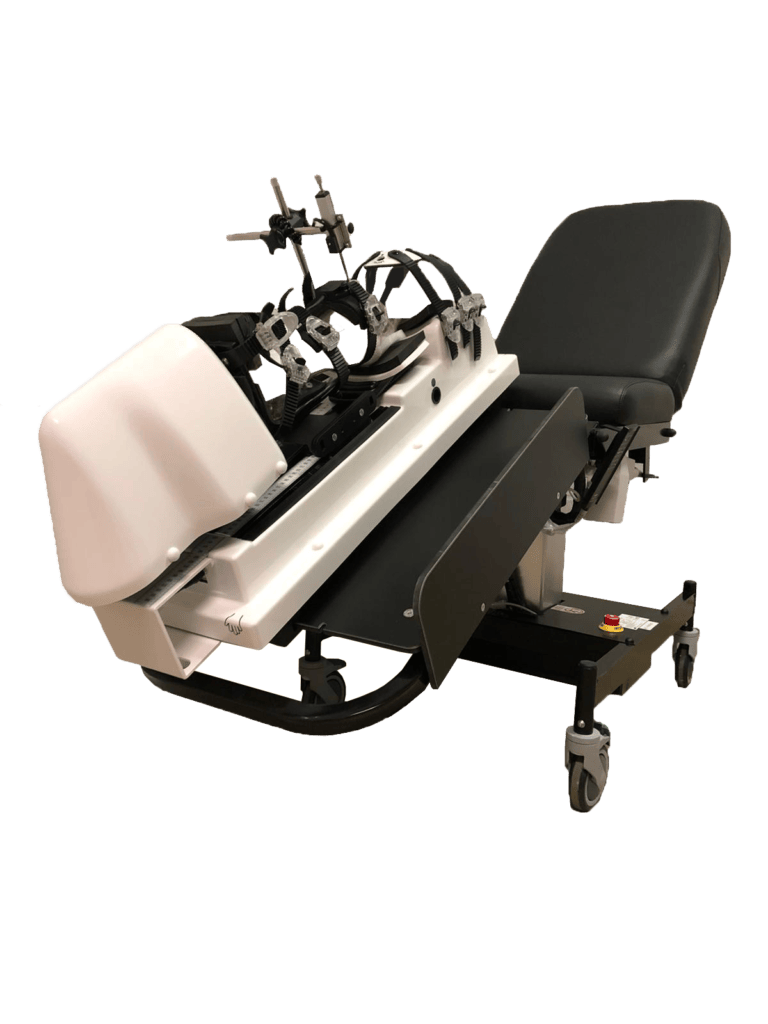
Key Features of the Dyneelax Arthrometer:
- Translation and Rotation Measurement: Unlike other devices, Dyneelax evaluates both the translational and rotational stability of the knee, offering a more complete picture of ligament health.
- Dynamic Testing: The device assesses knee stability during movement, providing a dynamic evaluation of how the knee functions in real-life situations. It is a very complimentary of the MRI test which is usually the test doen to evaluate the ACL
- Multi-Ligament Assessment: Dyneelax can assess multiple ligaments beyond the ACL, making it a versatile tool in cases involving complex knee injuries thanks to the rotation analysis
- Surgical planning: the assessment being complete, Dyneelax helps to plan for surgery more precisely thanks to the dynamic data collected (see study mentioned below).
- Rehabilitation: Alike the GNRB, Dyneelax is used to monitor the ACL graft and make sure healing goes smoothly.
In Guegan et al. (2024), Dyneelax proved valuable for surgical planning by assessing the knee’s peripheral structures through rotation measurements. This capability helps clinicians decide if additional procedures, such as lateral extra-articular tenodesis (LET) surgery, are necessary to restore full knee stability. The ability to analyze both translation and rotation is critical in tailoring surgical approaches for each patient.
IV. Enhancing ACL Treatment from Diagnosis to Recovery
Both the GNRB® and DYNEELAX® arthrometers play crucial roles not only in diagnosing ACL injuries but also in the treatment planning and rehabilitation processes. Their precise measurements allow for more targeted interventions, improving patient outcomes throughout the recovery journey.
1) Diagnosis
For initial diagnosis, the GNRB® is highly effective in detecting ACL laxity, making it a valuable tool for both partial and complete tears. The ability to diagnose partial ACL injuries—often overlooked by MRI—ensures that patients receive timely and appropriate treatment, reducing the risk of long-term instability or chronic knee problems.
2) Surgical Planning
In more complex cases, such as multi-ligament injuries, the DYNEELAX® plays a pivotal role. Its rotational assessment helps evaluate peripheral structures of the knee, ensuring that surgical planning is comprehensive. By identifying rotational instability, surgeons can determine whether procedures like LET surgery are necessary, tailoring the surgical approach to each patient’s specific needs.
3) Rehabiliation
The rehabilitation phase is where the DYNEELAX® truly shines. After ACL reconstruction surgery, determining the right time for a patient to return to sports or physical activity is critical. In Forelli’s 2023 study, Dyneelax was shown to guide personalized rehabilitation by monitoring the status of the ACL graft and the overall stability of the knee joint. By tracking translation and rotation during recovery, clinicians can ensure that patients are progressing at a safe and optimal pace.
V. Benefits of Orthopaedic Testing Devices in ACL Care
The integration of the GNRB® and DYNEELAX® arthrometers into clinical practice has revolutionized the way orthopaedic specialists approach ACL injuries. These devices offer numerous advantages, including:
- Enhanced Diagnostic Accuracy: Objective measurements reduce the risk of misdiagnosis, particularly in cases of partial tears.
- Improved Surgical Outcomes: By providing detailed information about knee stability, these devices ensure that surgeries are planned with greater precision, improving post-operative results.
- Tailored Rehabilitation: Monitoring the knee’s function throughout recovery enables clinicians to adjust rehabilitation protocols based on individual progress, reducing the risk of re-injury and facilitating a safer return to physical activities.
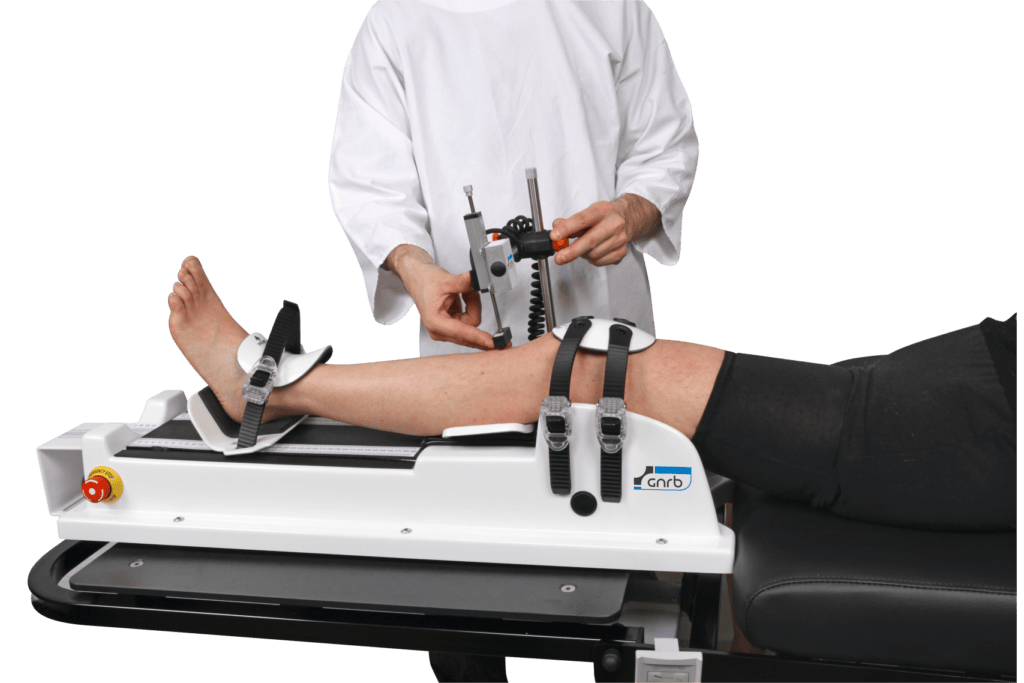
As technology continues to evolve, orthopaedic testing devices like the GNRB and DYNEELAX® will likely see further advancements. Integration with artificial intelligence (AI) and machine learning may provide predictive insights, enabling clinicians to forecast injury risks and outcomes more accurately. Additionally, broader adoption of these tools in sports medicine could lead to earlier detection and prevention of ACL injuries, especially in athletes at high risk.
VI. Conclusion
The GNRB and DYNEELAX® arthrometers represent a significant leap forward in knee ligament evaluation. By providing objective, precise measurements, these orthopaedic testing devices enhance the diagnosis, surgical planning, and rehabilitation of ACL injuries. Their ability to monitor patients from the time of injury through recovery ensures that each treatment plan is tailored to the individual, improving outcomes and reducing the likelihood of complications.
As studies by Cojean et al. (2023), Guegan et al. (2024), and Forelli (2023) have demonstrated, these devices are invaluable in both clinical and research settings. Their impact on ACL treatment will only grow as new advancements make these tools more accessible and capable of even greater precision.


